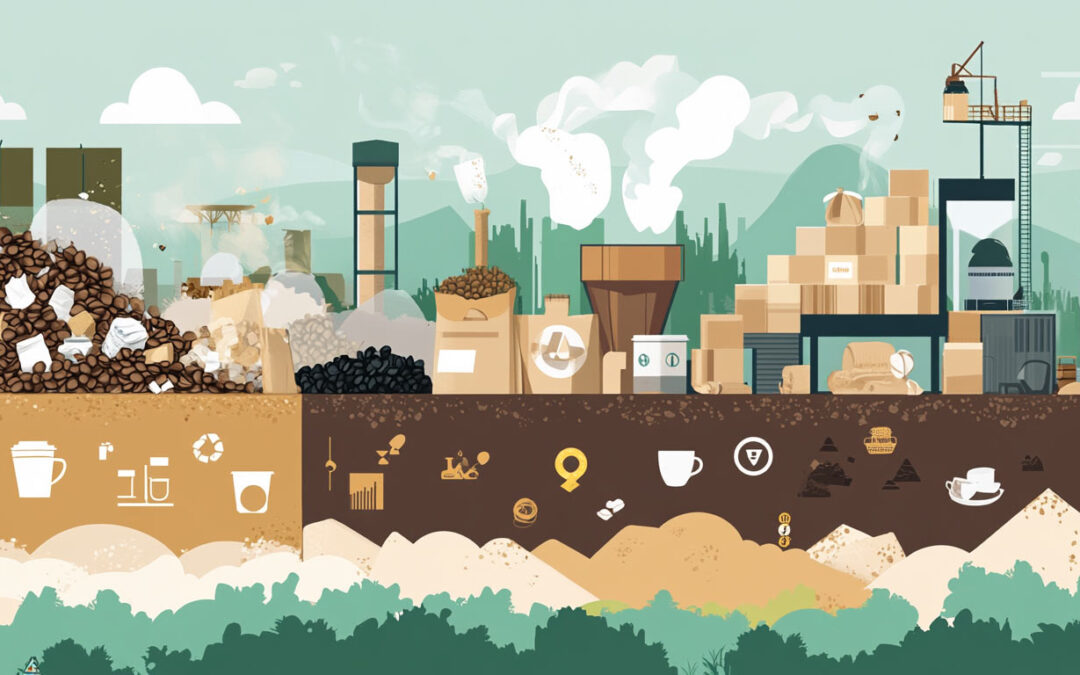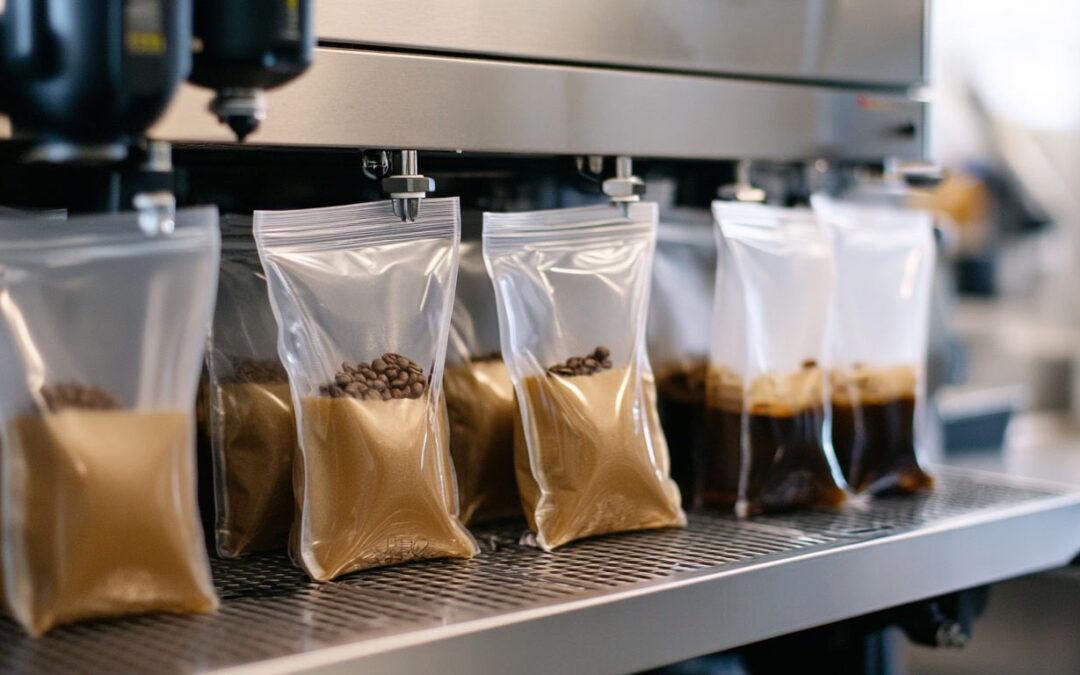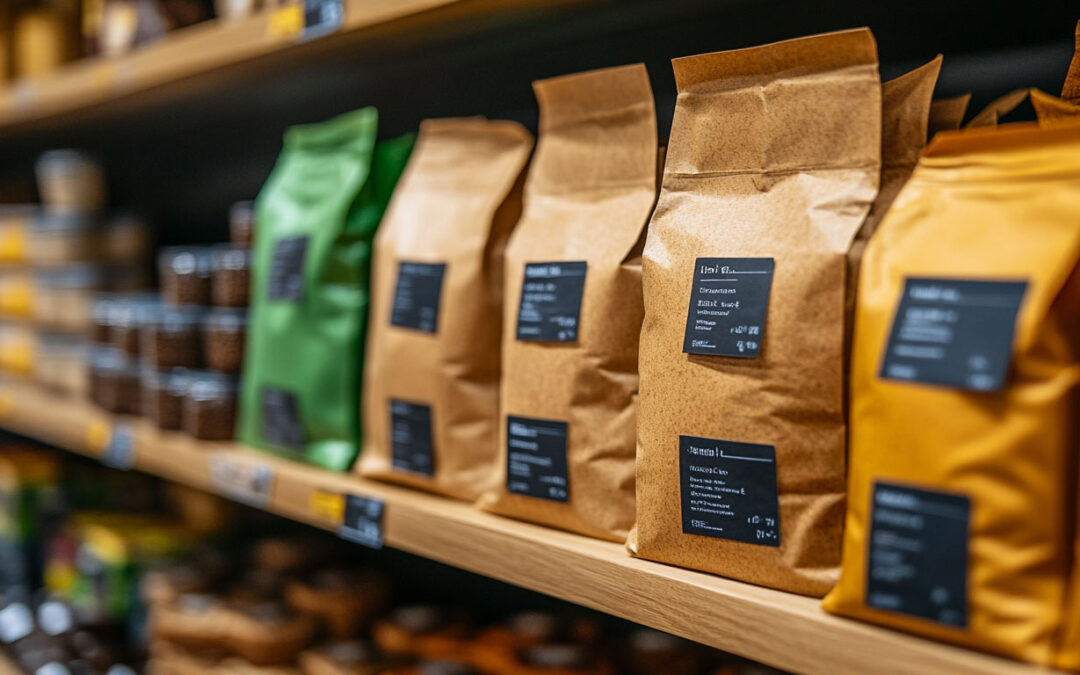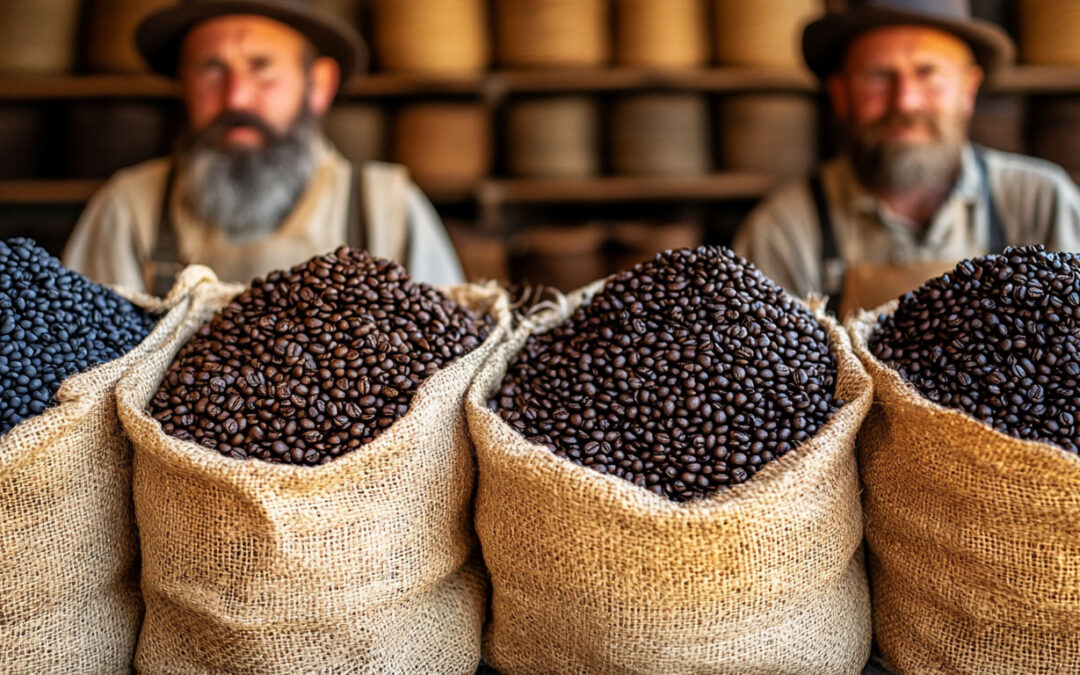
by Brew Master | Mar 26, 2025 | The Basics
Coffee packaging needs to protect freshness and resist moisture and light. That’s why most brands use multi-layered bags made of foil, plastic, and paper. The issue? These layers are fused together and can’t be separated by standard recycling processes. The result:...

by Brew Master | Mar 19, 2025 | The Basics
The way coffee is packaged isn’t just about branding—it’s about ensuring that every cup tastes as rich and fresh as possible. Whether it’s a degassing valve, vacuum-sealed bag, or UV-resistant tin, the right packaging makes all the difference. Next time you pick up a...

by Brew Master | Mar 18, 2025 | The Basics
What Needs to Be on a Coffee Bag? Labeling Requirements and Best Practices If you’re in the coffee business, labeling your coffee bags correctly is a must. Whether you’re a small-batch roaster or a large coffee producer, your packaging needs to meet specific legal...

by Brew Master | Mar 6, 2025 | The Basics
Simplicity, Skill, and Quality When it comes to coffee, most people imagine high-tech espresso machines or mass-produced packaging lines. But for the Amish, coffee-making is a craft rooted in simplicity, tradition, and quality. Without relying on modern conveniences...

by Brew Master | Feb 27, 2025 | The Basics
Coffee doesn’t last forever, and its shelf life depends on how it’s stored. Whole beans, when kept in an airtight bag or container, usually stay fresh for 2 to 4 weeks after roasting. Ground coffee has a shorter lifespan, losing peak freshness in about 1 to 2...

by Brew Master | Feb 11, 2025 | The Basics
What is the Best Altitude to Grow Coffee? The altitude at which coffee grows significantly affects its flavor, with different elevations producing distinct taste profiles. While coffee can be cultivated at various heights, some altitudes are considered optimal for...







